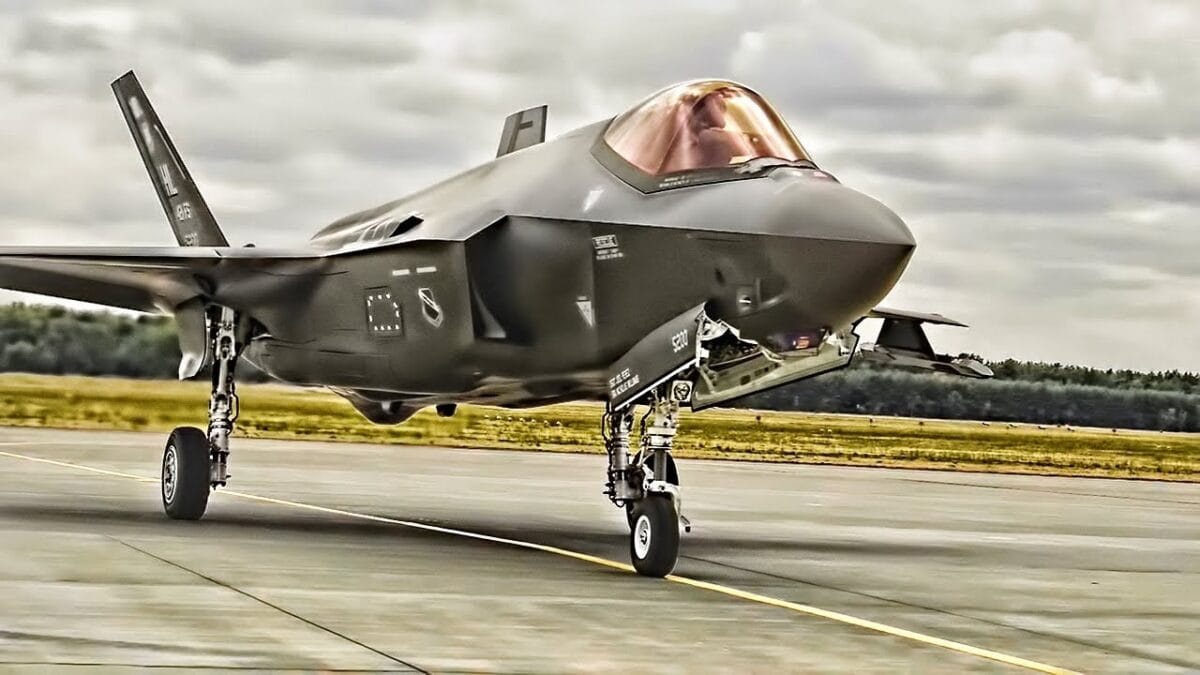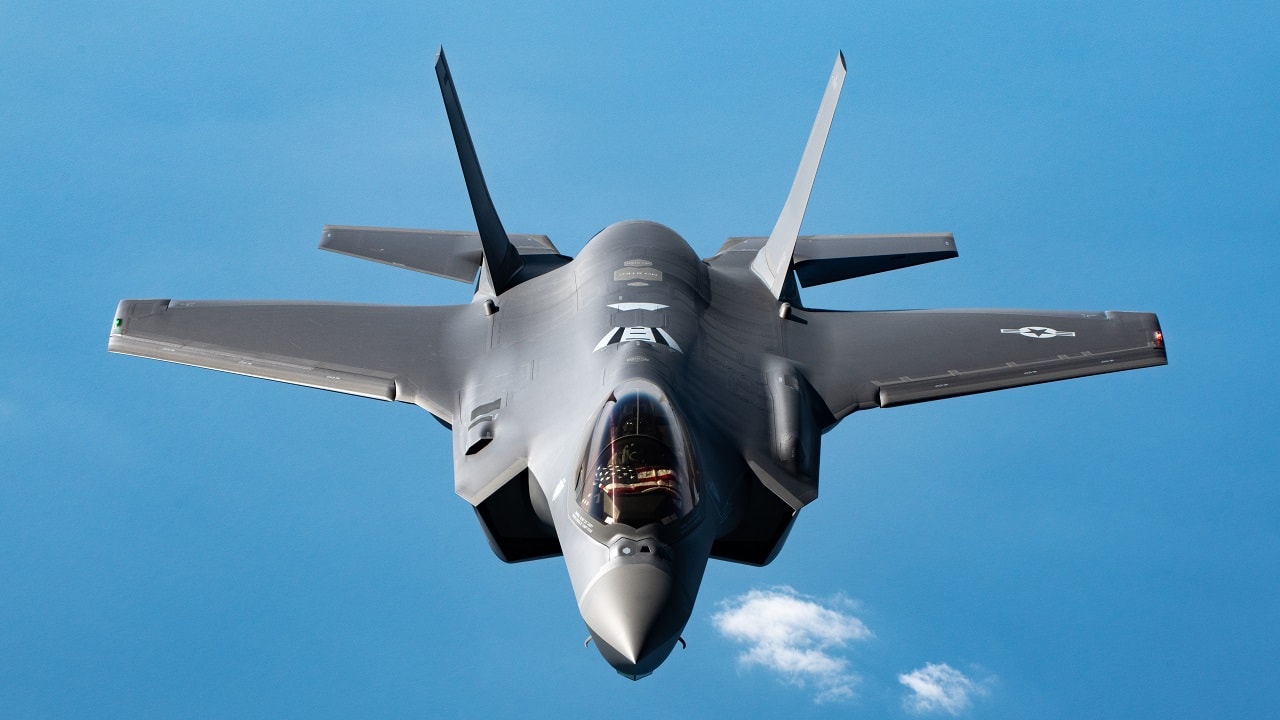A potentially deadly issue with the ejection seats used across its F-35 Joint Strike Fighter fleet was discovered a few months ago by the U.S. military, but they waited to ground those aircraft flown by the Air Force, Navy, and Marine Corps to investigate the issue fully.
Initially, Air Force officials thought it was an isolated incident, but as they investigated further, they learned that the issue was tied to the manufacturing process.
According to the UK manufacturer Martin-Baker, the problem lies within the cartridge-actuated devices, which are explosive components used to launch an ejection seat out of the cockpit. The company said it was first discovered at an Air Force base in Utah this past spring.
“During a routine maintenance inspection at Hill AFB in April ’22, an anomaly was discovered with one of the Seat Cartridge Actuated Device (CAD) in the F-35 seat,” said Steve Roberts, a spokesman for Martin-Baker. “This was quickly traced back to a gap in the manufacturing process which was addressed and changed.”
Alexi Worley, a spokesperson for Air Combat Command (ACC), said in a released statement that the command began inspecting ejector seat cartridges immediately but quickly learned that the issue was traced back to a problem on the production line. This led the command to ground its fleet late last month.
The ACC and the Air Education Training Command began the inspection of its F-35 ejector seat cartridges. To expedite the inspection process, they temporarily grounded the fleet of F-35s.
“Out of an abundance of caution, ACC units will execute a stand-down on July 29 to expedite the inspection process. Based on data gathered from those inspections, ACC will make a determination to resume operations,” Worley said.
The inspections began on July 19. Over the following 15 days, crews inspected over 2,700 of the cartridges. However, they found issues in just three of them. The Air Force said it had enough spare replacement explosive cartridges in stock to replace any of the ones that were found to be defective, an Air Force official said.
The U.S. Navy also found issues with ejector seat cartridges with some of its fleet in a “limited range of lot numbers” of F/A-18B/C/D Hornets, F/A-18E/F Super Hornets, E/A-18G Growlers, and T-45 Goshawk and F-5 Tiger II training aircraft, according to Naval Air Systems Command (NAVAIR), which oversees the buying and maintenance of the Navy’s aviation assets.
The Navy said in a press release that only CADs within a limited range of lot numbers are affected. The CAD will be replaced at the aircraft’s assigned squadron, and the aircraft will be inspected before its next flight.
How Does the CAD Work?
Modern military aircraft and certain space exploration aircraft are equipped with ejector seats, which allow the pilot(s) to escape from the aircraft in the event of a mechanical malfunction or it suffering damage during combat operations.
Once activated, the ejection seat lifts the pilot straight out of the aircraft. And once safely away from the stricken aircraft, a parachute will automatically deploy, allowing the pilot to land on the ground.
When a pilot pulls the ejection seat handle, it can be either between the pilot’s legs or on the sides of the seat; depending on the cockpit configuration, it sends an electrical pulse that fires the CAD under his seat, pushing his seat on a rail out of the aircraft. After the pilot clears the aircraft (in about 1/10th of a second), a small rocket fires, which keeps the pilot upright and facing forward.
Then, depending on the speed and altitude of the aircraft, a parachute will immediately deploy, or a drogue shoot will open, slowing the pilot and his seat down until he/she reaches a safe altitude where the parachute deploys.
US F-35s in Europe Resume Flying
The US Air Force has 348 of the planned 1,763 aircraft already in its inventory. However, due to the events in Ukraine, the Air Force has 26 F-35 Joint Strike Fighters performing Russian deterrence flights over Europe.

F-35 in Poland. Image Credit: Creative Commons.
Those planes were initially grounded due to the aforementioned inspections of the CAD systems. But those inspections are now complete, and the aircraft, including a squadron from the Vermont Air National Guard, are now resuming operations.
“All subordinate commands hosting F-35A Lightning II throughout the European theater conducted a review,” the Air Force announced on Monday. The F-35s “underwent an immediate review” and “both squadrons will continue normal operations,”
Besides the United States, the United Kingdom, Australia, Canada, Italy, Norway, Denmark, the Netherlands, and formerly Turkey are using the F-35, the most advanced fighter aircraft in the world.
Steve Balestrieri is a 1945 National Security Columnist. He served as a US Army Special Forces NCO, and Warrant Officer before injuries forced his early separation. In addition to writing for 19fortyfive.com and other military news organizations, he has covered the NFL for PatsFans.com for over 11 years. His work was regularly featured in the Millbury-Sutton Chronicle and Grafton News newspapers in Massachusetts.

